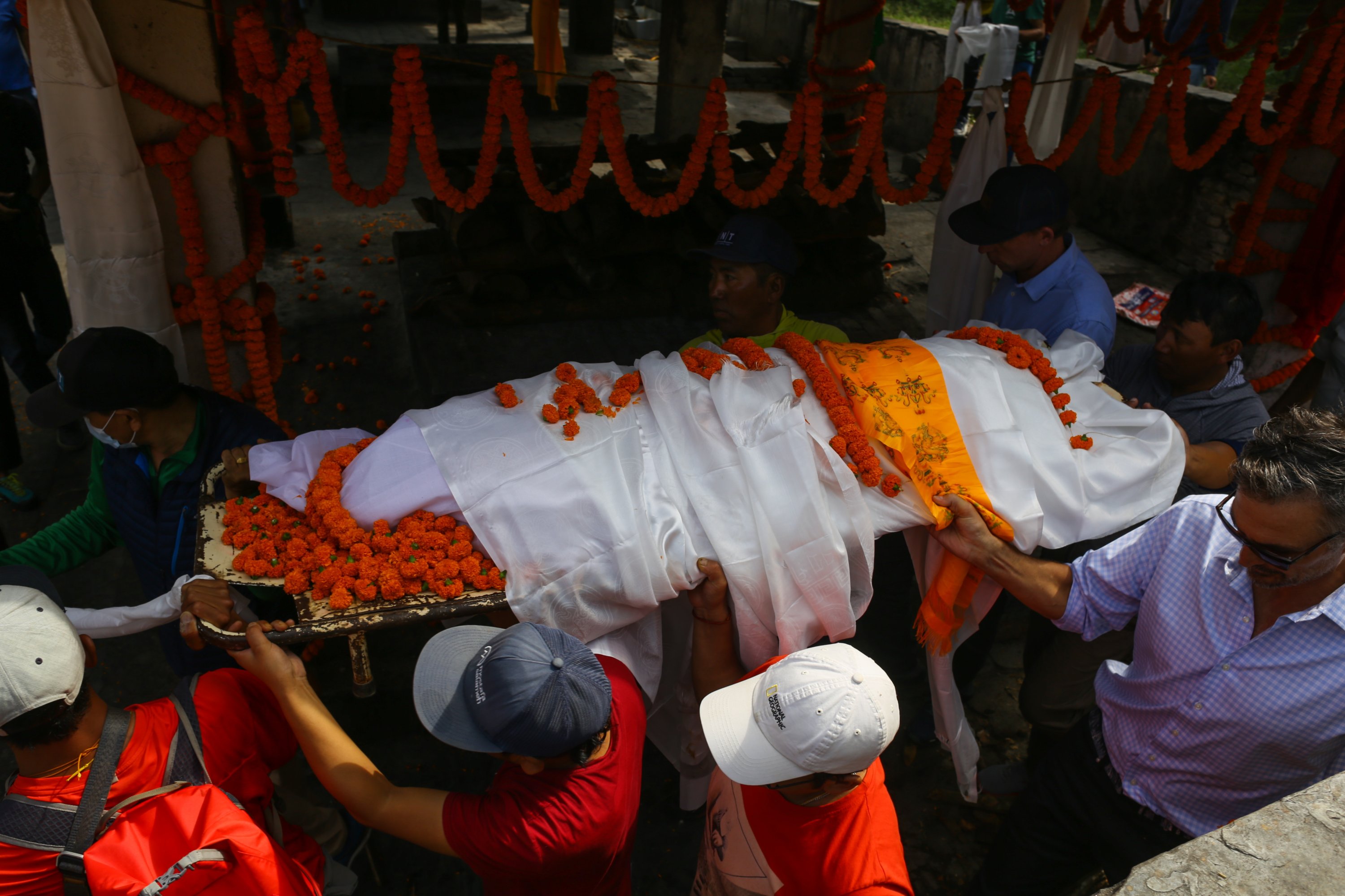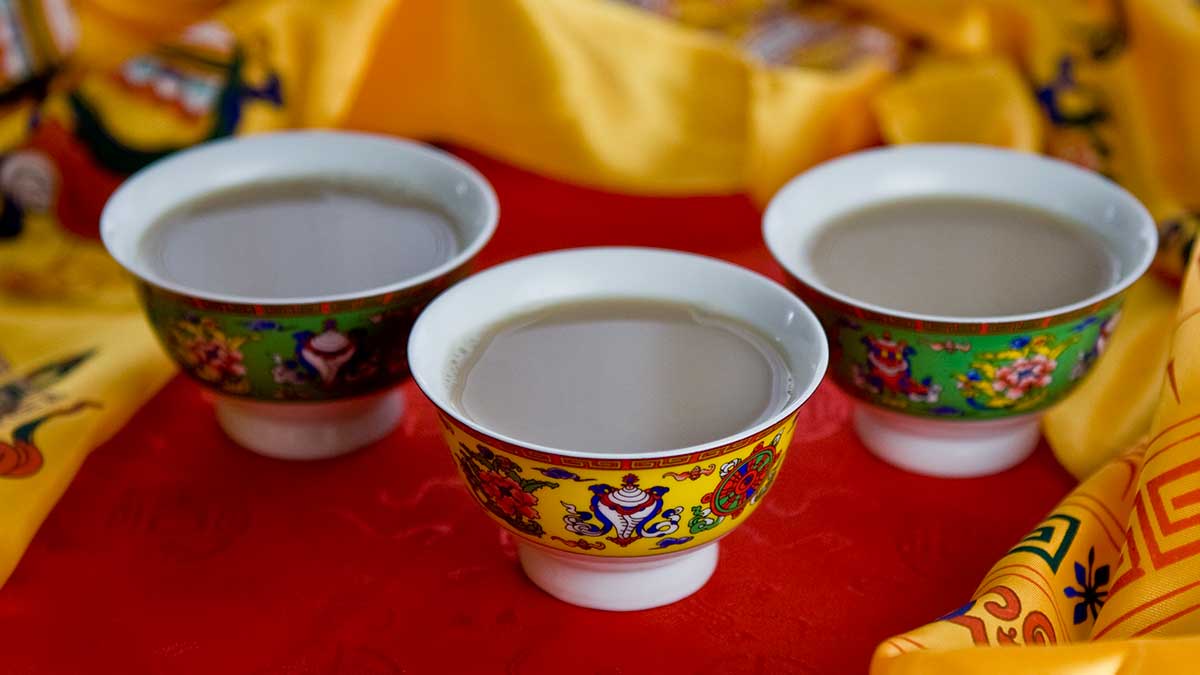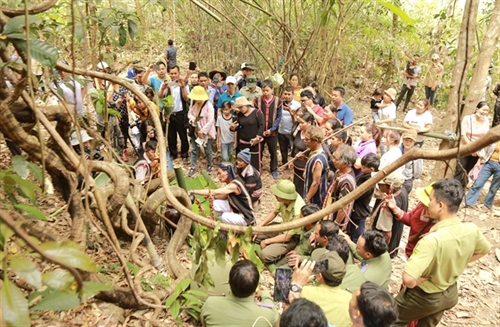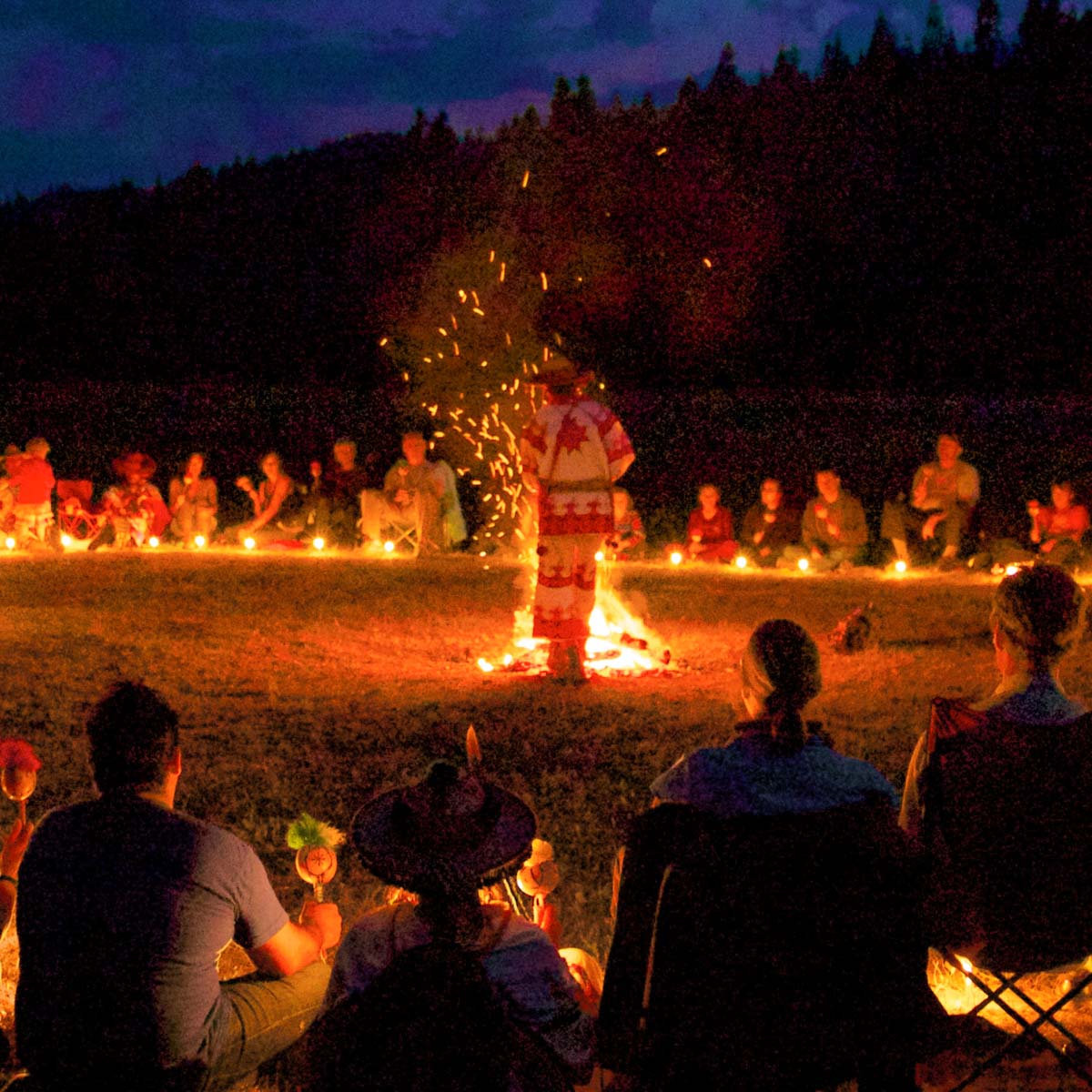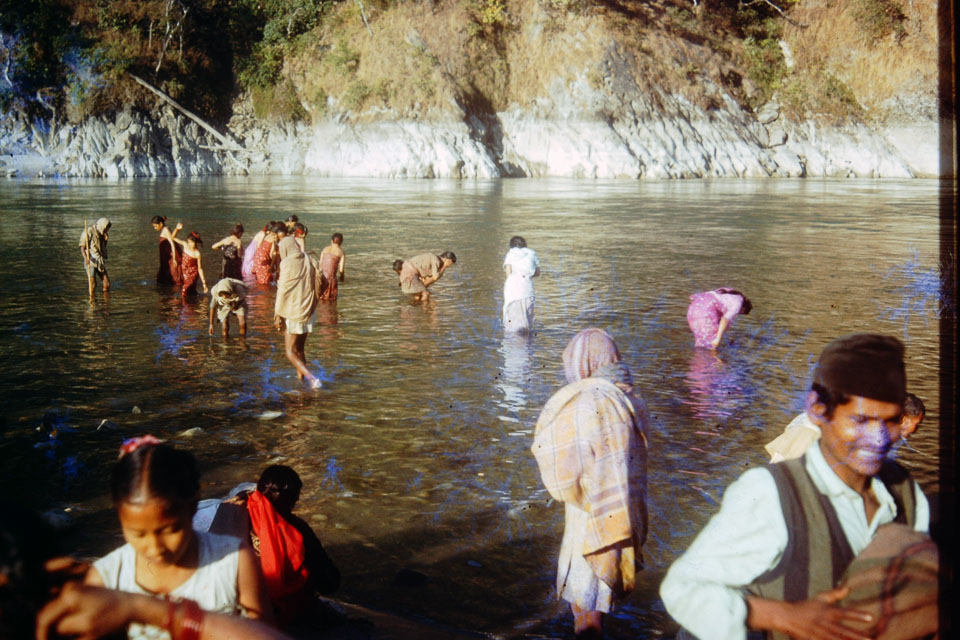Share this Article
Introduction
Nepal is home to a rich tapestry of cultural traditions, and one of the most vibrant and colorful among them is the Maruni Dance. This traditional dance form, primarily performed by the Magar and Gurung communities of Nepal, is an essential part of festive celebrations, religious occasions, and social gatherings characterized by its flamboyant costumes, graceful movements, and rhythmic music, Maruni Dance embodies the joy and spirit of the people, while historically performed by male dancers dressed as females, the dance has evolved to include both men and women, reflecting changing social dynamics.
Maruni Dance is not just a form of entertainment; it is deeply tied to cultural and religious narratives, often performed during Dashain and Tihar, Nepal’s biggest festivals. The dance is accompanied by traditional musical instruments such as the madal (a hand drum) and flute, creating a lively and enchanting atmosphere.It explores the origins, significance, costumes, musical elements, and the evolution of Maruni Dance in modern times.
History and Origin of Maruni Dance
The origins of Maruni Dance can be traced back to ancient times, deeply rooted in the traditions of the Magar and Gurung communities of Nepal. It is believed that the dance has influences from Indian folk traditions, particularly from the Mithila and Bengal regions, due to historical trade and cultural exchanges between Nepal and India. The Magars, known for their warrior heritage, have a strong tradition of music and dance, and Maruni is one of the most iconic forms associated with their identity.
Originally, Maruni Dance was performed exclusively by men dressed as women, as it was considered inappropriate for women to perform in public in earlier times. This practice is reminiscent of traditional performance arts seen in other South Asian cultures, such as Kathakali in India and Kabuki in Japan, where male performers play female roles. Over time, however, women have also begun participating in Maruni performances, making the dance more inclusive and diverse.
Maruni Dance is closely associated with Tihar, the festival of lights, where dancers move from house to house, performing for blessings and receiving gifts in return. This tradition, known as "Deusi-Bhailo", strengthens community bonds and keeps the cultural heritage alive.
Costume and Jewelry
The most striking aspect of Maruni Dance is its elaborate and colorful costumes. Performers wear:
Bright Silk Sarees and Blouses: Traditional attire with intricate designs, often in vibrant shades of red, green, blue, and yellow.
Heavy Jewelry: Gold and silver ornaments, including large earrings, necklaces, bangles, and nose rings, add to the grandeur of the performance.
Headpieces and Flowers: Dancers wear decorative headpieces and fresh flowers, symbolizing prosperity and beauty.
Makeup: Performers use bold makeup with kajal (kohl), red lipstick, and decorative forehead designs to enhance facial expressions and dramatize their roles.
The striking costumes play a significant role in Maruni Dance, making it visually captivating and symbolizing cultural pride and festivity.
Musical Elements and Instruments
Music is an integral part of Maruni Dance, setting the rhythm and mood of the performance. The primary musical instruments used include:
- Madal: A hand drum that provides the rhythmic base of the dance.
- Flute (Bansuri): Adds melodious tunes that enhance the emotional depth of the performance.
- Harmonium: Often used to accompany singers who narrate stories through songs.
- Cymbals (Jhyamta): Used to create lively beats and emphasize movements.
The songs that accompany Maruni Dance are often folk narratives that tell stories of love, heroism, and mythology. The interplay between music and dance creates an engaging and mesmerizing spectacle for the audience.
Performance and Dance Techniques
Maruni Dance is known for its fluid and expressive movements, which include:
Graceful Hand Gestures (Mudras): Symbolizing different emotions and storytelling elements.
Circular and Synchronized Steps: Dancers move in coordinated formations, often in circles, to represent unity and harmony.
Facial Expressions: Play a crucial role in conveying emotions such as joy, longing, and celebration.
Fast and Slow Tempo Variations: Adding dynamism to the performance, shifting between energetic and slow-paced movements.
Dancers are trained to express emotions through gestures, making Maruni Dance not just a physical performance but also a form of storytelling.
Significance in Festivals and Rituals
Maruni Dance is performed on various auspicious occasions, including:
Tihar Festival: A key time when Maruni dancers go from house to house, blessing families with their performances.
Dashain Festival: Celebrating victory and prosperity, where the dance is performed in village squares.
Weddings and Social Gatherings: Adding joy and festivity to special occasions.
Religious Ceremonies: Sometimes performed to honor deities and seek blessings.
The dance plays a significant role in preserving the cultural heritage of Nepal’s indigenous communities and is a source of pride for the Magar and Gurung people.
Modern Adaptations and Global Influence
In recent years, Maruni Dance has gained popularity beyond traditional settings with the rise of cultural programs, tourism and international dance festivals, Maruni is now performed on global stages.
Stage Performances: Many cultural organizations in Nepal and abroad showcase Maruni Dance as a representation of Nepalese heritage.
Performed as Entertainment or Welcome Dance in Home Stay Travel: In modern tourism, Maruni Dance is often performed in homestays and travel destinations to entertain guests and welcome visitors, making it a unique cultural experience for tourists.
Film and Media: Nepalese movies and television programs have featured Maruni Dance, further promoting its cultural significance.
The dance has evolved while maintaining its core essence, proving that traditional art forms can adapt and thrive in a modern world.
Conclusion
Maruni Dance is a testament to the rich cultural diversity of Nepal. Its vibrant costumes, rhythmic music, and expressive performances make it one of the most beloved dance traditions in the country. More than just a dance, Maruni is a symbol of celebration, community bonding, and artistic expression. As Nepal continues to embrace modernity, preserving and promoting Maruni Dance is essential in keeping the country’s unique heritage alive for future generations. Through continued performances, education, and innovation, Maruni Dance will remain a shining jewel in Nepal’s cultural crown.
Categories:
Culture & Traditions
Tags:
MaruniRhythms
,
NepaliHeritageDance
,
ColorsofMaruni
,
NepaleseGrace
,
MaruniMagic



